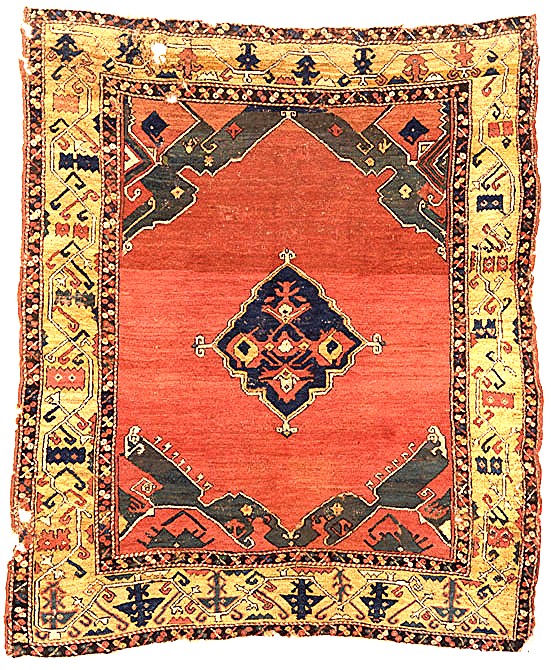Commercial Carpets Vs Handmade Rugs – Some Facts A Buyer Should Know before Buying Handmade Carpets
Carpet Stores salesmen confuse the buyer: People are only fully trained to spot a perfect handmade rug if they person has the skills to make one. A commonly agreed statement is that an individual looking to buy a handmade rug would find it very confusing to figure out if it’s real or not. Handmade carpets are popularly produced in oriental countries, and carpet lovers around the globe love to acquire them as they are a very rare sight these days. Though many websites and carpet stores on the internet sell fake handmade rugs, there are only a few ways to spot a handmade rug. Most of these have a weave pattern, knot counts, fabrics used, and colour source.
Commercial Carpets and Handmade Carpets: – Key differences in Carpet weaving
The most important factor in a genuine handmade carpet is that it will certainly have a similar backside to it; the weaving patterns require a calculated amount of wool or silk fabric with the help of a loom-type contraption as compared to a machine-made commercial rug. A commercial rug has a different base and background compared to the face of the rug.
Handmade rugs have longer fringes as these are altered later on according to the choice of the buyer, and on the other hand, a machine-produced commercial carpet would have no fringes or the fringes get added later on for the finishing of the rug to appear more aesthetic and original. Commonly used fabrics for making a synthetic rug are polyester, nylon and acrylic and these fabrics are easily available and budget-friendly. Machine-made industrial carpets are pleasing to look at but don’t last for a longer period, as synthetic carpets lose their colors and softness due to regular washing. Authentic handmade carpets are made up of vegetable dyes, as traditional handmade-carpet weavers did not have access to artificial dyes in the past age and times. Herbal dyes have a significant quality in many ways, including creating patterns and motifs displayed on these rugs and also giving a vibrant natural feel to them.
The ownership of possessing a handmade rug truly applies only if your rug is naturally dyed, as it donates the ancient artistic feel and history to it. A handmade rug will always maintain the natural dye characteristics, and the handmade rug continues to display more genuineness even with the moderate amount of foot traffic it welcomes from time to time. Stable dyes and colors are perfect for creating a long-lasting handmade carpet as these never get washed away over time. One simple method to check if your rug is colorfast dyed is by placing a damp wipe on the rug for 12 hours. If the cloth is covered in colors it means the rug doesn’t contain natural dyes or the colors are not stable. Hand-knotting is the complex part of rug making: the weaver ties every knot diligently in a hand-knotted rug. It’s a painstaking and time-demanding process. Machine-made commercial rugs or hand-tufted rugs don’t need any trained personnel. They only need a hand-knotting gun which is used on a canvas-like base. Tufted rugs lose their charm over 5-6 years, whereas a hand-knotted rug can last up to 50 years or more. What’s so alarming about this is that sellers tend to line their pockets easily because the rug is cheap to produce. So buying a carpet, whether commercial carpet or handmade rug, has a dependence on many related factors, but buyers should do their homework properly before purchasing one.
Trackbacks and pingbacks
No trackback or pingback available for this article.





Leave a reply